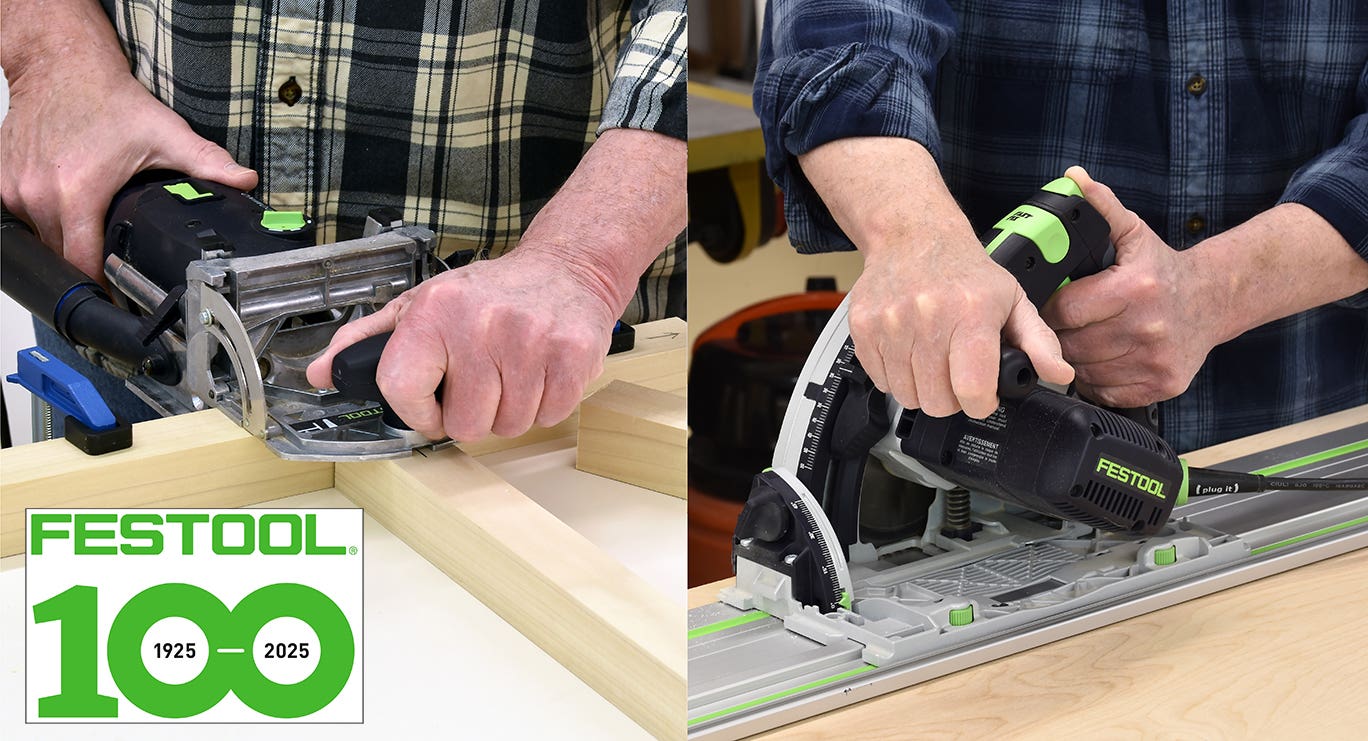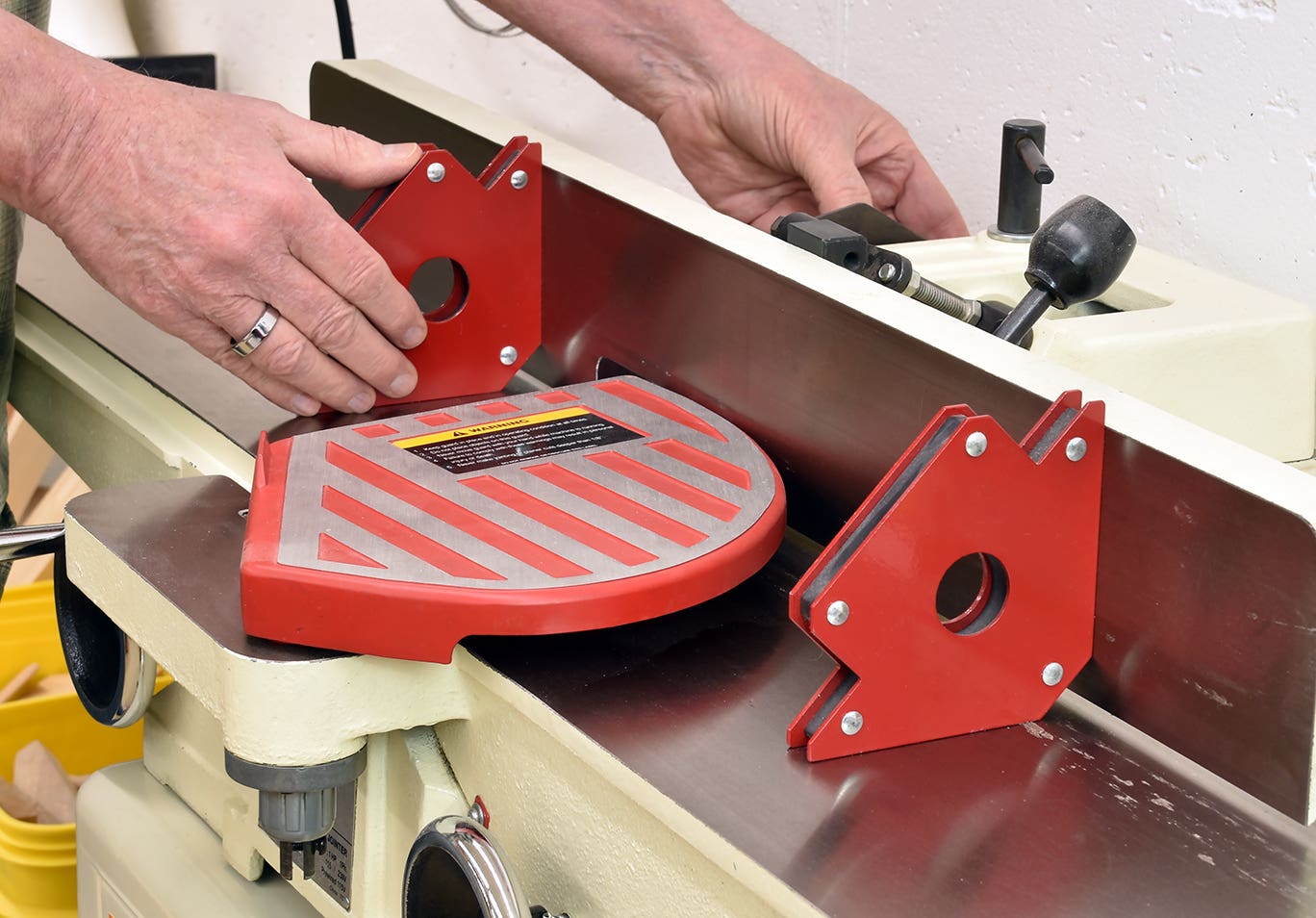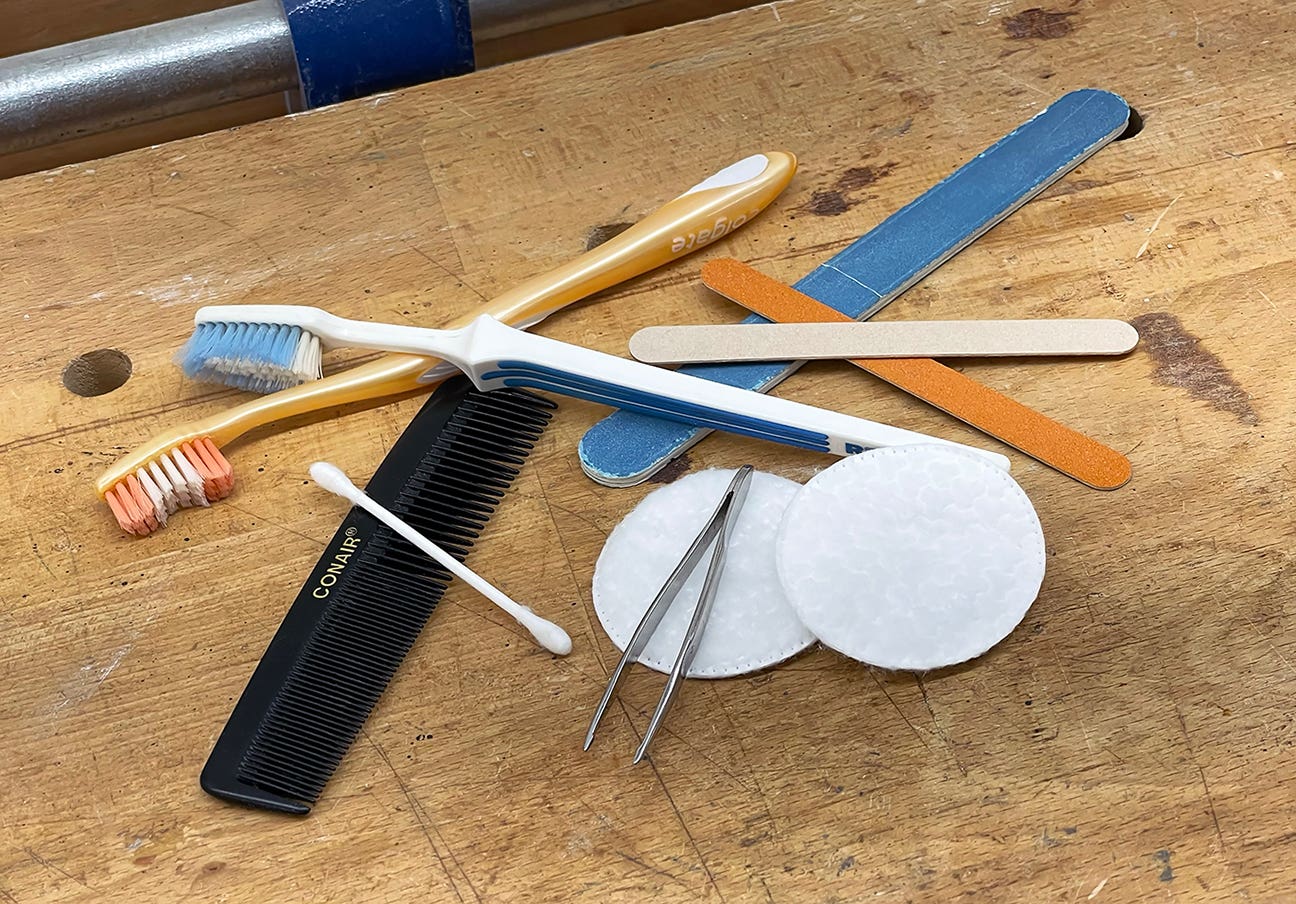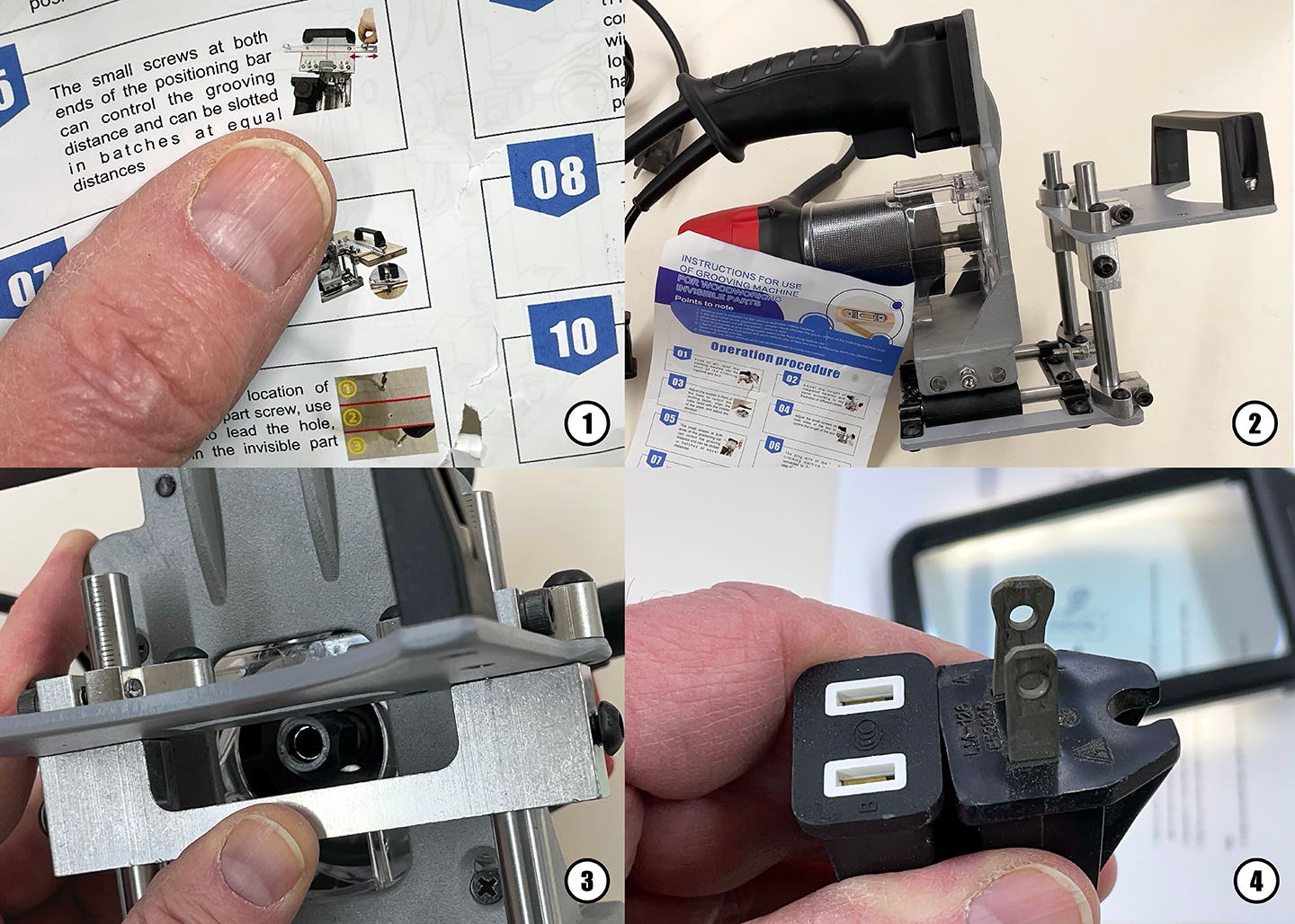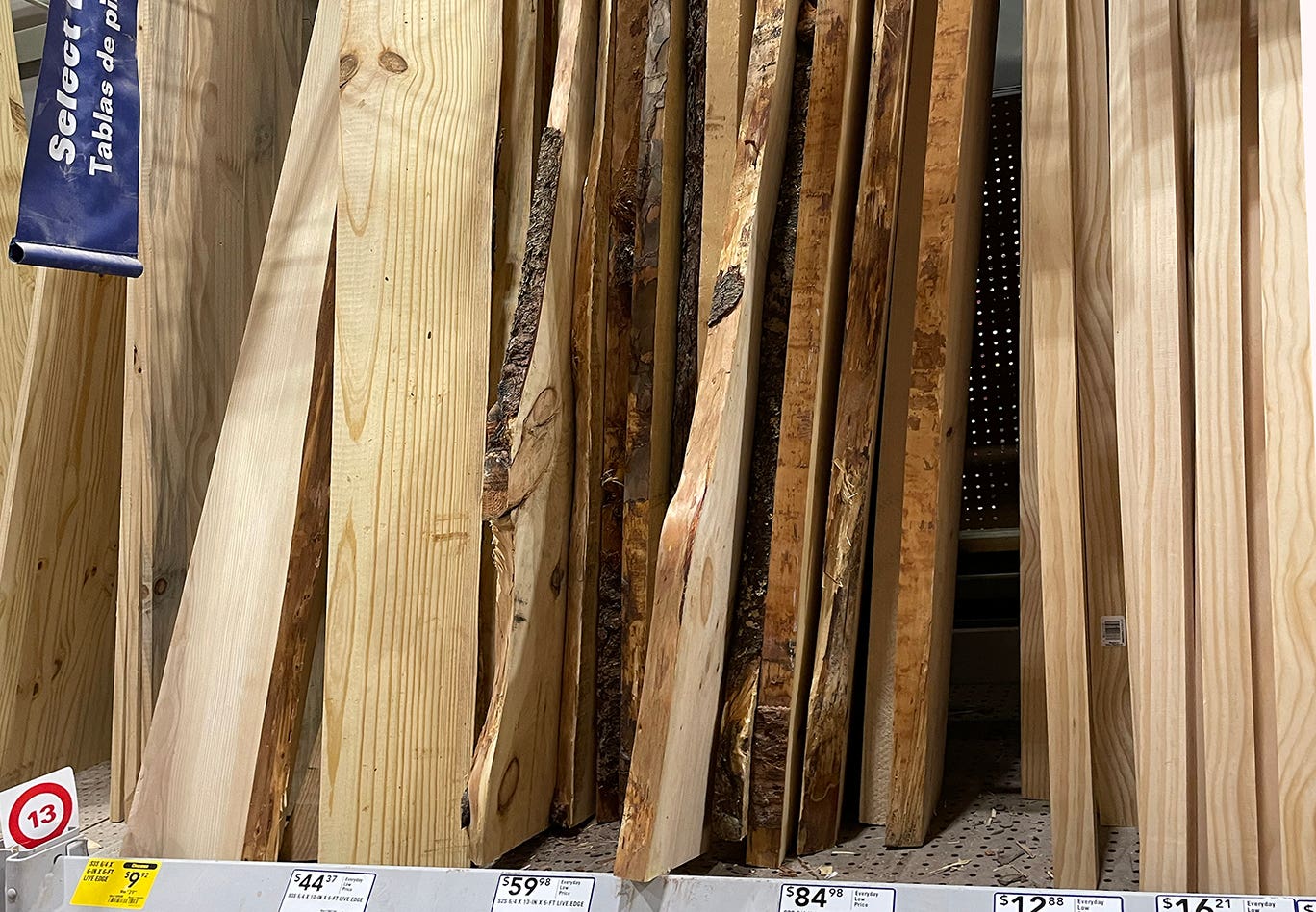Three quick steps to greater efficiency
Improved efficiency translates into more income, so everyone wants to be more efficient. Here are three areas for you to look at with the goal of improving your work rate….
Improved efficiency translates into more income, so everyone wants to be more efficient. Here are three areas for you to look at with the goal of improving your work rate.
{loadposition position10}
Spray booth
Spray booths, whether commercial or homemade, are expensive. Many small shops do without them for too long. I admit that I did.
Spray booths improve efficiency immensely by getting things organized, speeding the finishing process and reducing do-overs because of settling overspray or problems you didn't see as they were happening. Spray booths also create a healthier atmosphere in which to work.
A spray booth is essentially a box - it can also be a room - that's open at one end with an exhaust fan at the other and a bank of filters in between to catch the overspray. Commercial spray booths have the following features:
- Steel construction for fire safety.
- Filters to catch and hold overspray before it is drawn into the fan.
- A chamber about 3 feet deep for collecting the air to be exhausted after it has passed through the filters. This exhaust chamber makes it possible for air to be drawn uniformly through a much larger square footage of filters than just the smaller diameter of the fan.
- A large enough explosion-proof fan to create an airflow of at least 100 feet per minute, which is enough to pull "bounce-back" overspray away from the object being sprayed. To figure the size of the fan you need if you build your own spray booth/room, multiply the width of your filter bank by the height times 100 fpm. So a 10' wide x 8' high filter bank would require a fan that draws 8,000 cfm. A larger fan would be better, however, because airflow slows as the filters become loaded with finish.
- Side walls and a ceiling to create a work chamber or "tunnel" for directing the flow of air over the work being sprayed and through the spray booth's filters. Without this tunnel, most of the air will be drawn from the sides, causing a significant loss in efficiency. Place the work being sprayed inside the booth or just in front of the opening.
- Ceiling lighting, and sometimes side lighting, so you can see a reflection off the surface. Working with a reflected light source is the only way you can know if you're applying the finish without orange peel, runs, sags or other problems. Be aware that few commercial spray booths, including the one pictured, come with adequate lighting.
The significant catch with spray booths is that they are efficient only when adequate replacement air is available. If it is too cold or too hot to leave windows open, you need a large (and expensive) heating or air-conditioning system. This is a requirement that is often overlooked.
Spray gun
Owning a better quality spray gun improves the quality of your work, but it doesn't necessarily improve efficiency. You need to optimize your spray gun to reduce waste, which comes primarily from bounce-back caused by spraying with too much air pressure.
Manufacturers' instructions can be helpful for optimizing, but the more certain method is to figure it out yourself. You want to achieve the best possible atomization (to reduce orange peel) with the minimum air pressure (to reduce bounce-back and waste).
With all the controls on the spray gun wide open, the best atomization is achieved when the fan width is the widest and the dots at the edges of a burst of spray are the smallest. You'll see best if you do your testing on brown paper or cardboard.
Using an air compressor, turn the air pressure to the gun to well below what is adequate (say 20 or 30 psi), and then increase the pressure in 10 psi increments until the fan width doesn't widen more and the dots don't get smaller. Cut back to the previous setting for the optimum air pressure to use with the finish viscosity you're spraying.
Of course, it goes without saying that you have to have a compressor and storage tank large enough to produce adequate air pressure for the objects you are finishing. If you start running out of air, the pressure will trail off and you'll have to pause to allow the compressor to catch up.
You have less control of air pressure with a turbine. But you can follow the same procedure using the cutoff on the hose or you can adjust the air pressure on some turbines. For the most part, however, your only control with a turbine is to thin the material you're spraying (so less air pressure is required to achieve good atomization).
It's a little more work adding thinner, but you're still looking for the widest fan width and smallest dots with all of the gun's controls wide open.
Mil gauge
If you want to achieve the same film thickness on multiple objects sprayed over many days, or if more than one person is spraying, you need to be familiar with a mil gauge (which is usually available from your finish supplier).
Finishes vary in solids content and people spray coats in different thicknesses. So there's a lot of room for objects to come out with noticeably different finish thicknesses. You are wasting finish if you spray coats that are thicker than necessary.
You need to be able to determine what the thickness of a wet-sprayed coat of finish will be when it dries so the dry thickness of the final multicoat film is always the same. You do this using a mil gauge.
A mil gauge is a credit-card-sized piece of metal with teeth cut into its edges in 1-mil steps. One mil is one thousandth of an inch.
First, figure the volume solids of the finish you're using. Manufacturers usually provide weight solids (the weight of the mixing ingredients). To get an approximation of the volume solids (what's left on the wood's surface after drying); reduce the weight solids by 20 percent.
Then multiply this volume-solids figure by the mil thickness of a just-sprayed wet coat. Figure this by determining the highest-numbered mil tooth that leaves an impression in the wet finish when you place the edge of the mil gauge on the finish just after spraying. (Do this on scrap wood.)
So, for example, to figure the mil thickness of a post-catalyzed finish with 35 percent solids by volume and applied 4 mils thick, multiply 4 x .35 to get 1.4 mils. It will take three coats of this finish sprayed at four mils thick to obtain a total dry film thickness of about 4 mils.
To figure the mil thickness of nitrocellulose lacquer with a volume-solids content of 20 percent, thinned 10 percent with lacquer thinner and applied 4 mils thick, multiply 4 x (.20 minus .02) to get .72 mils. It will take five to six coats to achieve a total film thickness of about 4 mils.
In this example, the trick is for you (or multiple people) to spray consistent 4-mil thick coats. Then all objects will come out looking the same with minimal waste.
Bob's new book is "Flexner on Finishing."
This article originally appeared in the January 2011 issue.



